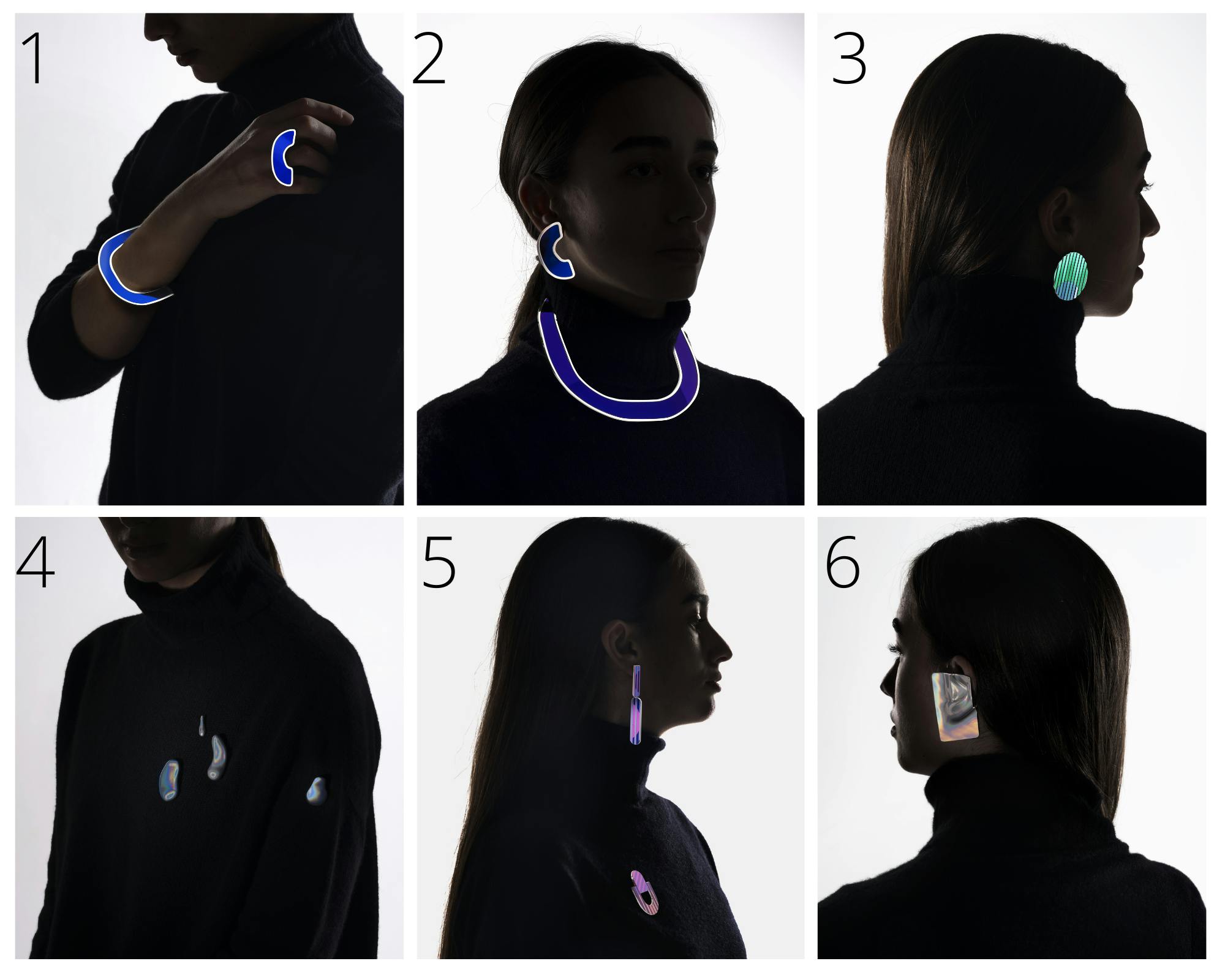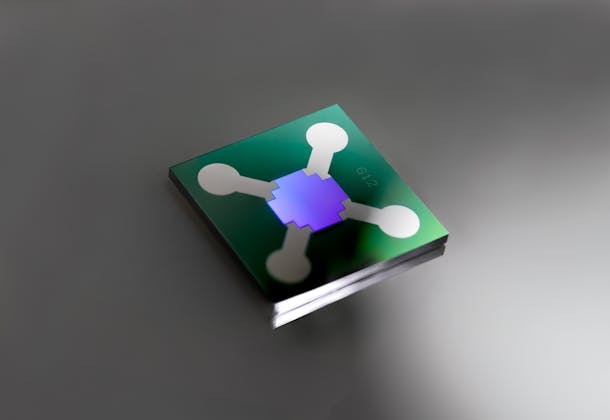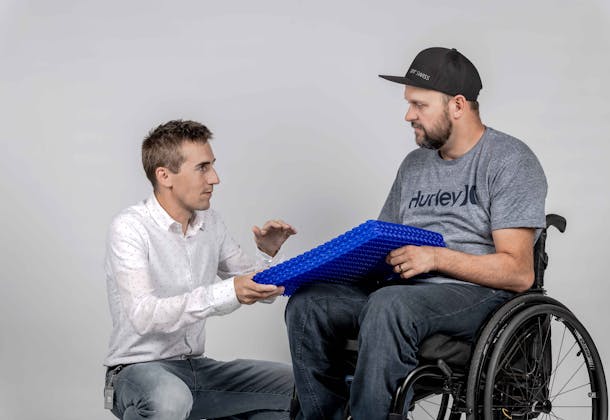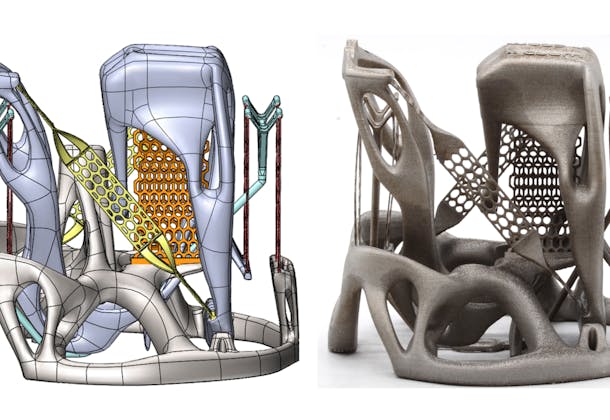“While pigments and dyes contained in ink and paint fade over time, these ‘structural colors’ never lose their shine,” says Nicolas Blondiaux, an engineer at CSEM and the project manager. “It’s a new, optical way of producing color.”
CSEM’s engineers selected five of the students’ designs that they then enhanced with nanotechnology.
Visiting the jewelry is by request only. Please register your interest at info@csem.ch
Credits: Lausanne University of Art and Design (ECAL)
Director : Alexis Georgacopoulos
Program manager : Nicolas Le Moigne
Professors : Stefano Panterotto & Alexis Tourron (Panter&Tourron)
Assistant : Georg Foster
Students : Caroline Lejeune (Switzerland), Carlota Pons Pardo (Spain), Sarah Rémy (France), Yosuke Shimano (Japan), Sarah Yao (Canada)
Photographs: Santiago Martinez




